Problem: The customer was bottling highly combustible consumer products in aerosol cans. They needed an automated feeder system to handle five different caps for these cans. The feeder had to orient and move the parts at a high speed, but more importantly, it had to do so with all electrical work contained and sealed due to the highly volatile nature of the product.
Solution: Fortville Feeders’ engineers suggested using an air-driven feeder and track that oriented and moved the caps at the required 130 ppm. This fed an automated capping mechanism that fit and sealed each can. However, there was still the electrical safety issue to deal with. Hazardous location classifications are tightly defined, and the engineering specifications are stringent. This is the kind of challenge that many parts feeding manufacturers would walk away from. However, Fortville Feeders has dealt with designs that work within highly regulated materials in the past. In this case, the customer’s assembly room was classified as a Class I, Division 1 Hazardous Location. Fortville’s engineers designed a system that used a completely enclosed ball vibrator to move the bulk parts in the feeder bowl. The rest of the system was 100 percent air-driven movement. The electronics for the air compressors were sealed according to regulations for Group D flammable liquids which may produce ignitable gases or vapors. The feeder system was designed to handle five different caps, each accommodating a different can height.
Fortville was successful in building a feeder system that not only solved the requirements needed for the assembly of the aerosol cans, but also met the safety regulations of this project.
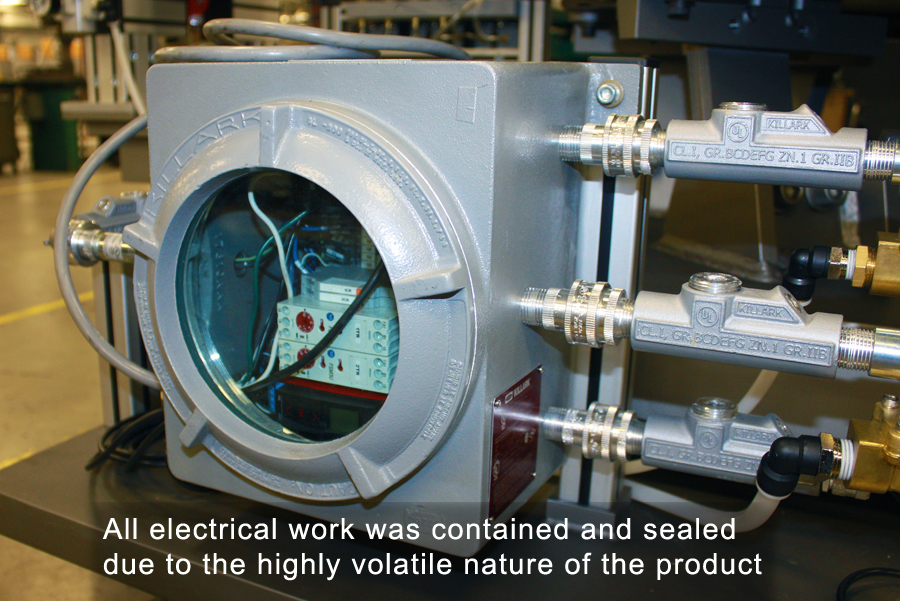
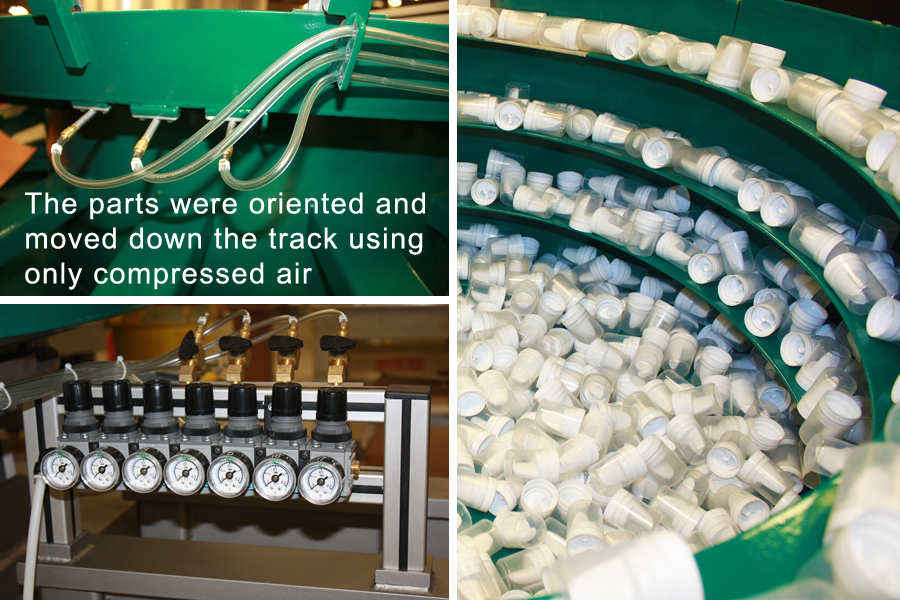
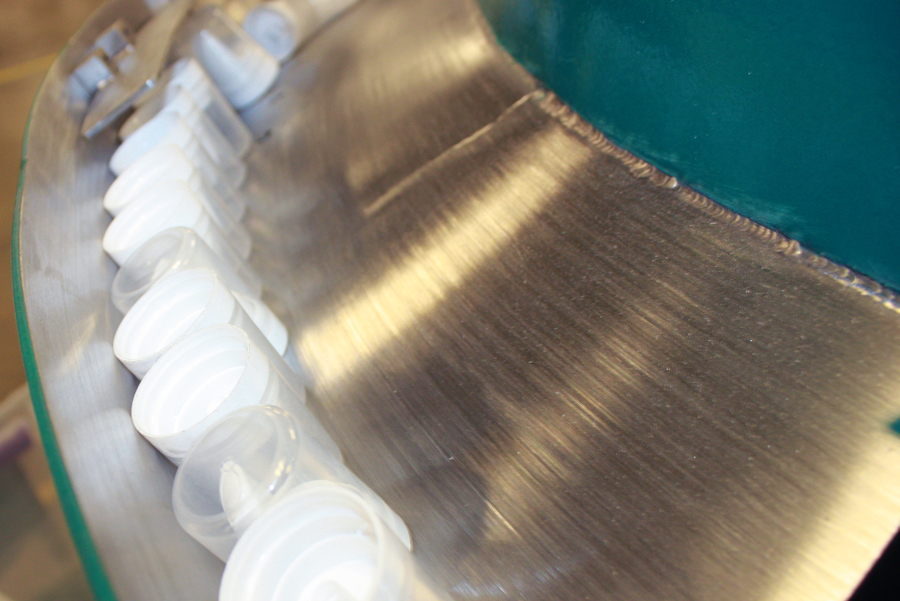
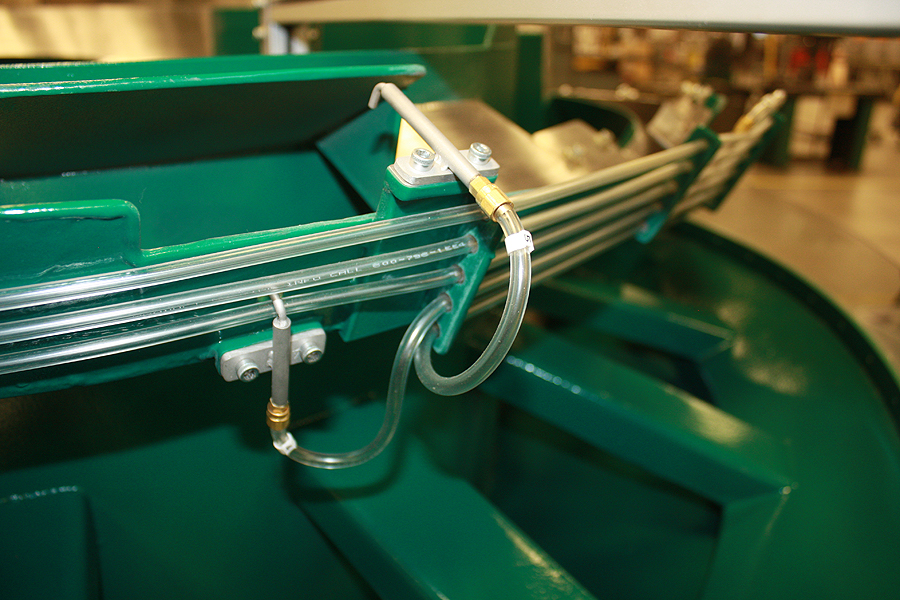
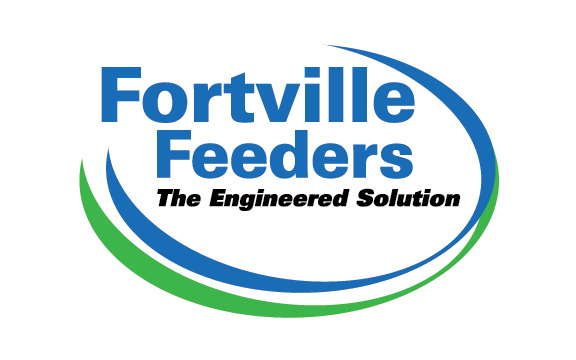
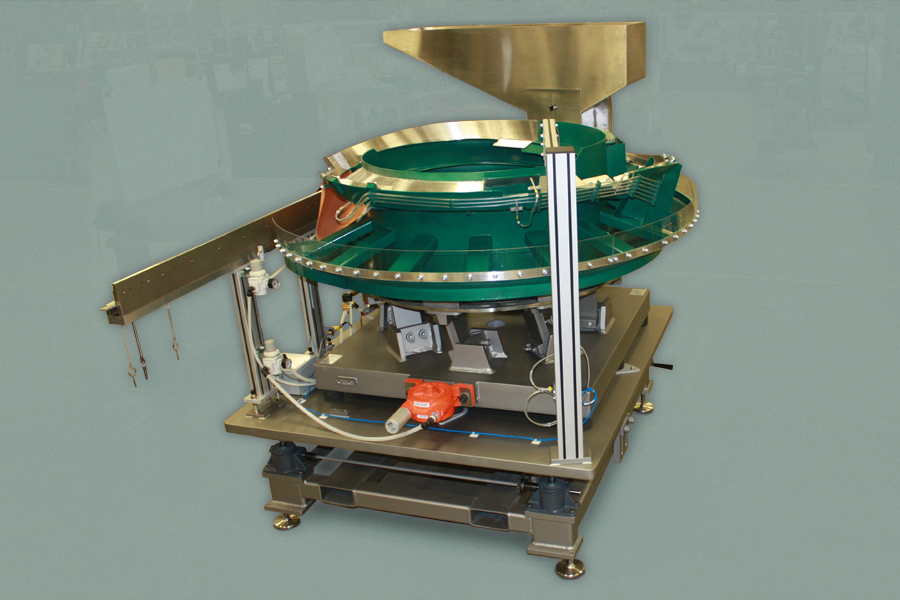
Recent Comments